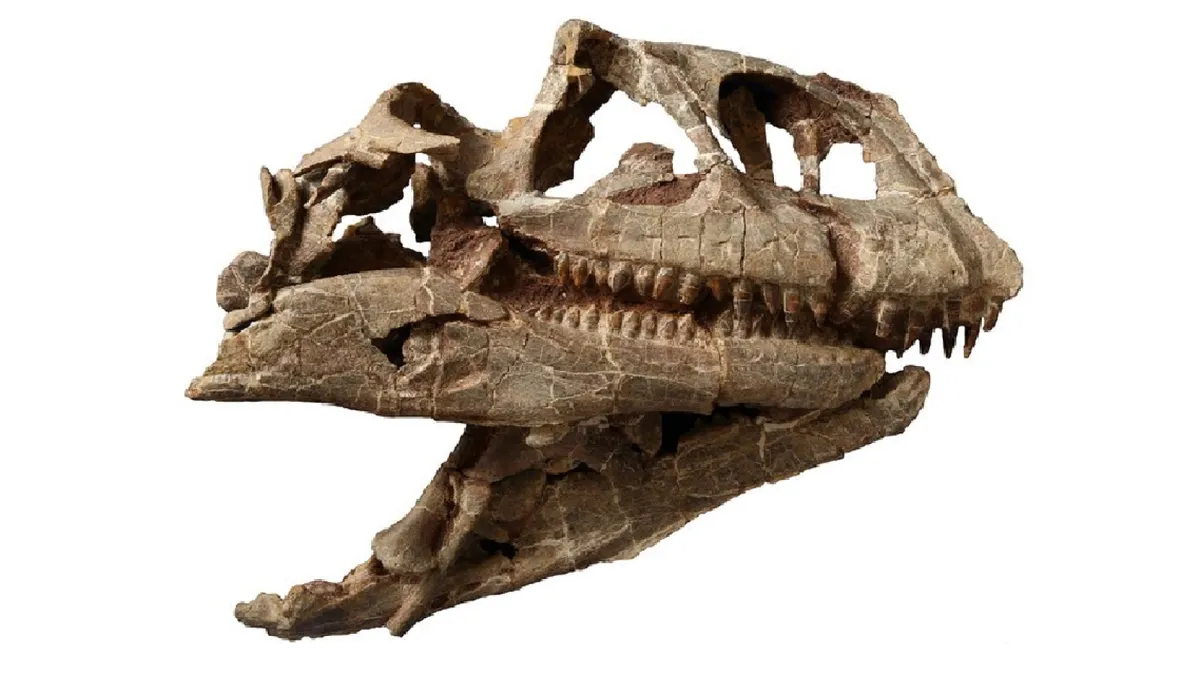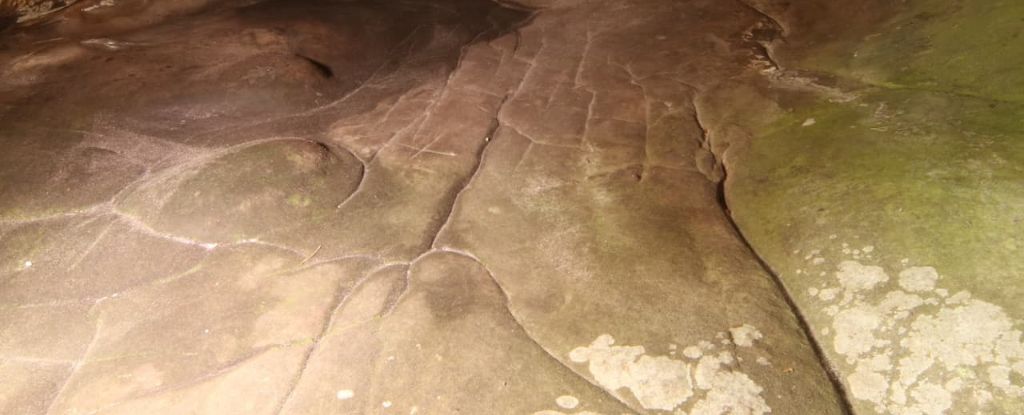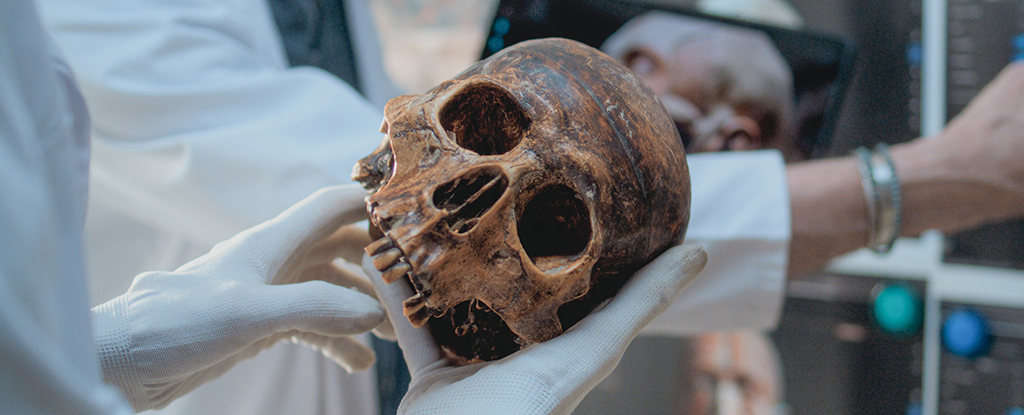News Desk

Octopuses tend to keep secrets, but we’ve just learnt how they achieve their extraordinary dexterity. The research has been published in Nature Communications.

A new study by archaeologist Xingtao Wei and his colleagues, published in the International Journal of Osteoarchaeology, provides insights into some of the earliest forms of humans processing bones into powder for cooking, dating back nearly 8,000 years (6,085 and 6,369 BC).

In a new study, researchers used lasers to uncover highly intricate designs of ancient tattoos on mummies from Peru…It wasn’t clear exactly how the tattoos were created, but they are “of a quality that stands up against the really good electric tattooing of today,” said Aaron Deter-Wolf.

An enormous, extremely well preserved dinosaur skull unearthed in China belongs to a never-before-seen species, researchers say.
The first animals with mineral skeletons changed the way sediments develop on Earth forever, according to new research.
A recent study examining the effects of ketamine infusion on depression found that the infusion induces psychological experiences of awe. These experiences may mediate the effects of ketamine on the improvement of depression symptoms. The paper was published in Biological Psychiatry Global Open Science.

An international study reveals how early humans, as far back as 1.5 million years ago, deliberately selected specific stones for their tools in the Ethiopian Highlands. The findings, published in the journal PLOS ONE, provide insights into the cognitive abilities and technological expertise of our ancestors.

The study, published in PNAS, addresses major gaps in the human genetic history of the Wallacean Archipelago and West Papuan regions of Indonesia—a region with abundant genetic and linguistic diversity that is comparable to the Eurasian continent—including the analysis of 254 newly sequenced genomes.

Egypt unveiled several discoveries near the famed city of Luxor on Wednesday, including ancient rock-cut tombs and burial shafts dating back 3,600 years.

On the evening of 28 February 2025, all seven of the other planets in the Solar System will appear in the night sky at the same time, with Saturn, Mercury, Neptune, Venus, Uranus, Jupiter, and Mars all lining up in a neat row – a magnificent sky feast for the eyes known as a great planetary alignment.

Our new study, published today in Australian Archaeology, presents the results of the only known archaeological excavation of one of these rings combined with Wurundjeri Woi-wurrung understanding of these enigmatic places.

The newly imaged stars are located within the “Dragon Arc,” a spiral galaxy roughly 6.5 billion light-years from Earth when the universe was around half its current age. Normally, such distant stars are too far away to be seen in detail.

In the cramped confines of a small cavern to the south of Paris, scientists have ‘read between the lines’ on the floor and discovered what could be the oldest surviving three-dimensional map of a hunter-gatherer territory. The study was published in the Oxford Journal of Archaeology.
The oldest-known fossil evidence of a predator-prey arms race has been discovered in shells dating back to the early Cambrian. A new study was published in the journal Current Biology

New research suggests at least some key distinctions date back earlier than previously estimated, hinting that modern and archaic humans – including our close, extinct relatives – have more in common than we ever thought. The study has yet to be peer-reviewed but is available on the preprint server bioRxiv.

The findings suggest that contrary to popular belief, the diet of early hominids was not solely focused on animal protein, but rather featured a diverse range of plant-based foods, including acorns, cereals, legumes, and aquatic plants. This multidisciplinary study was published in the Proceedings of the National Academy of Sciences (PNAS),








